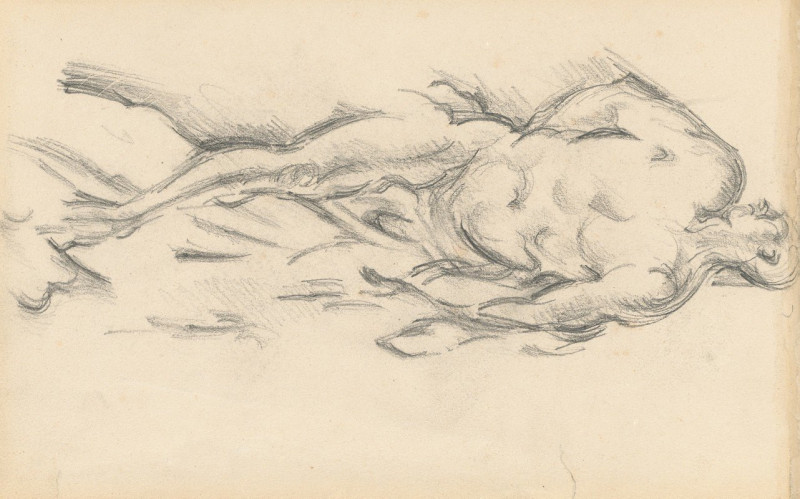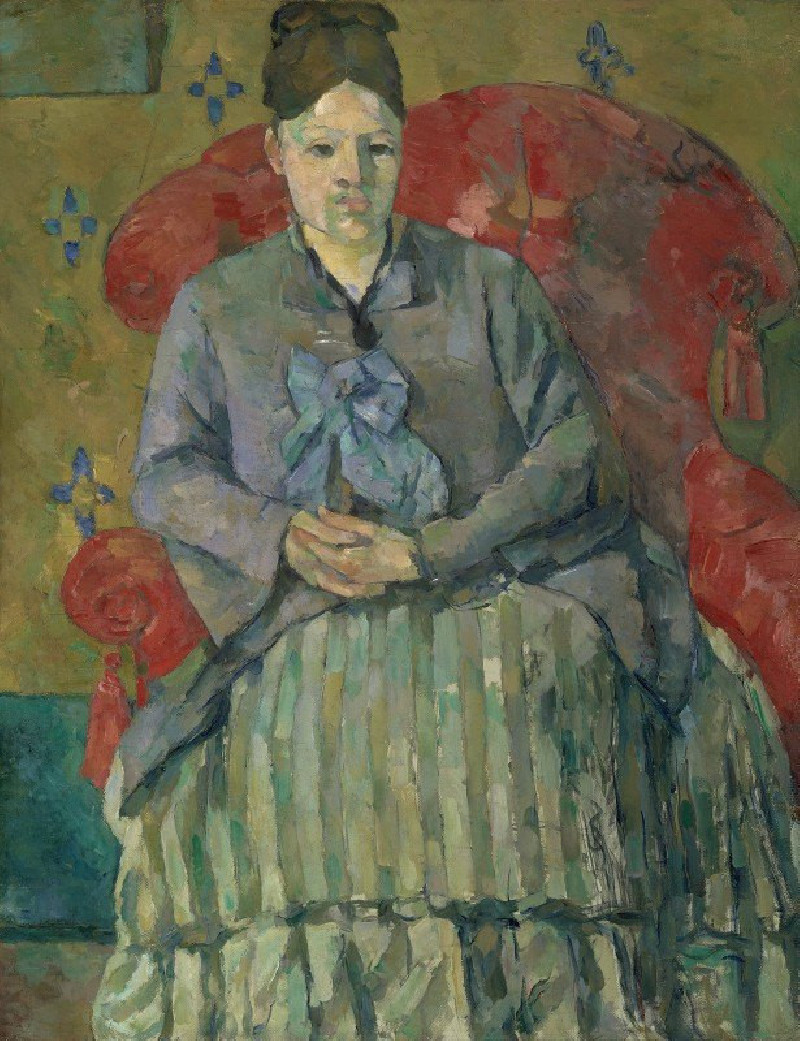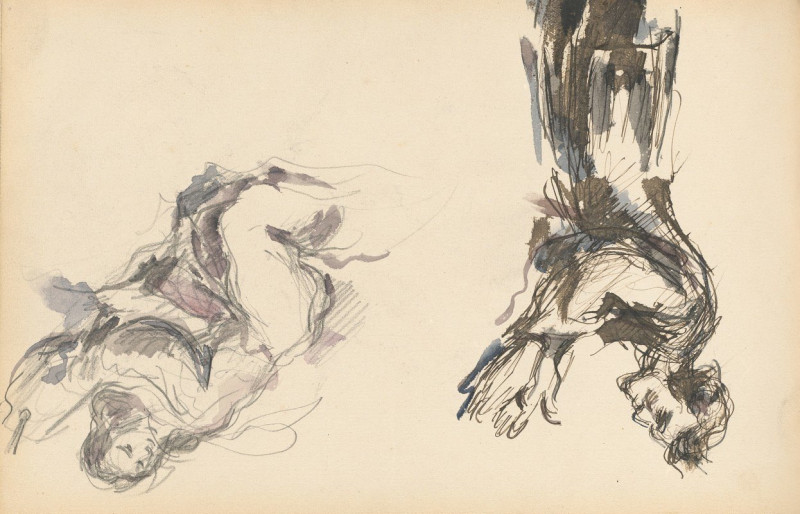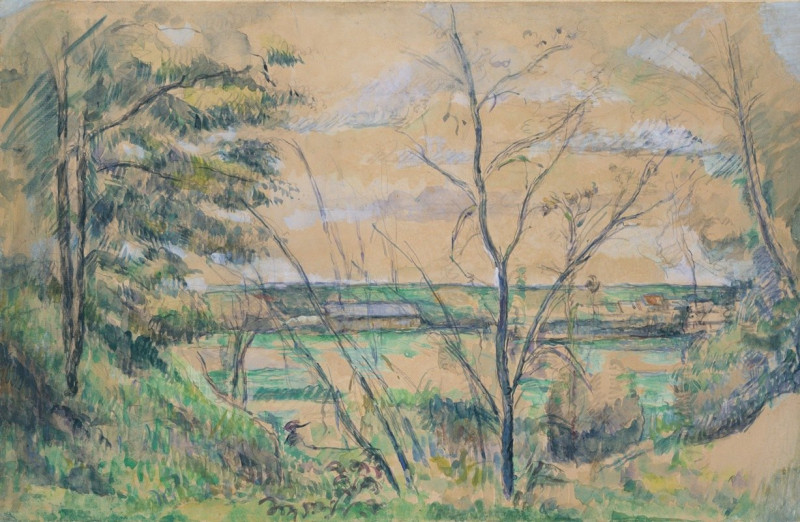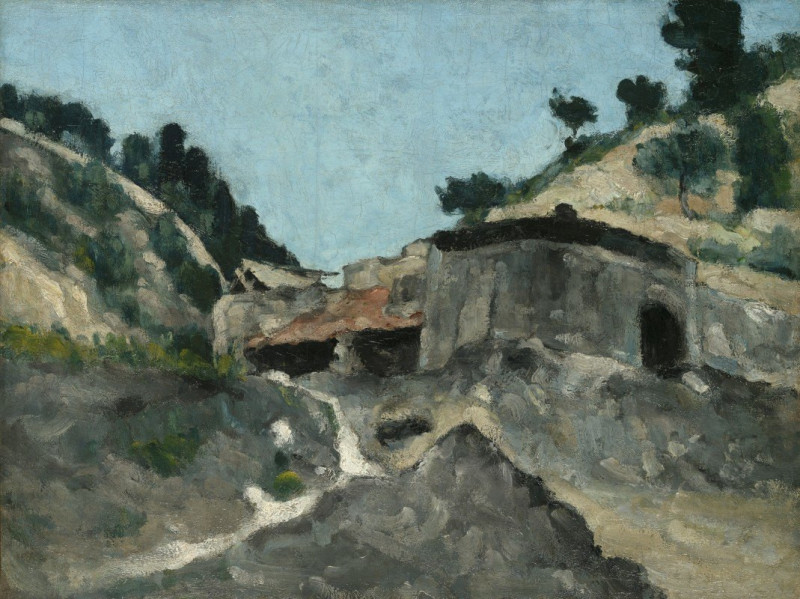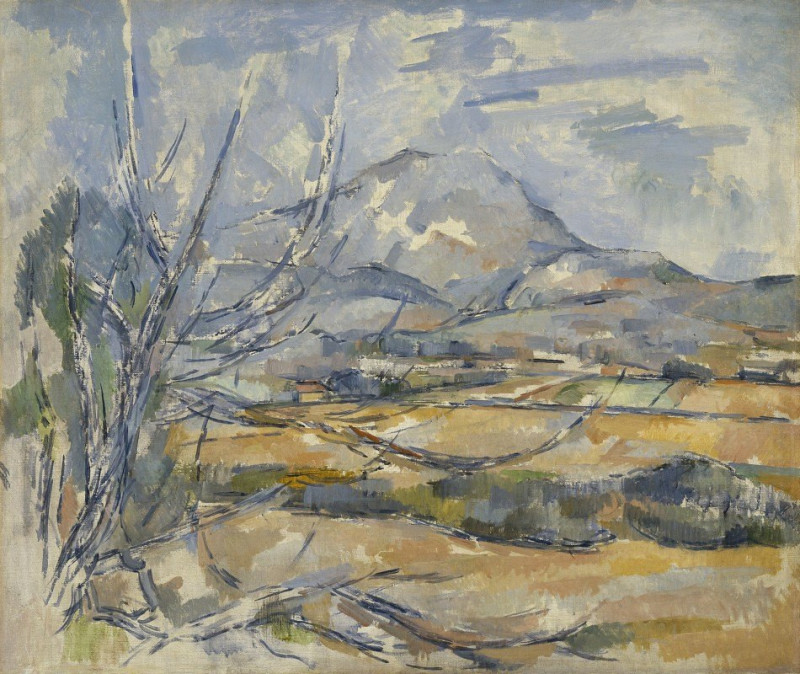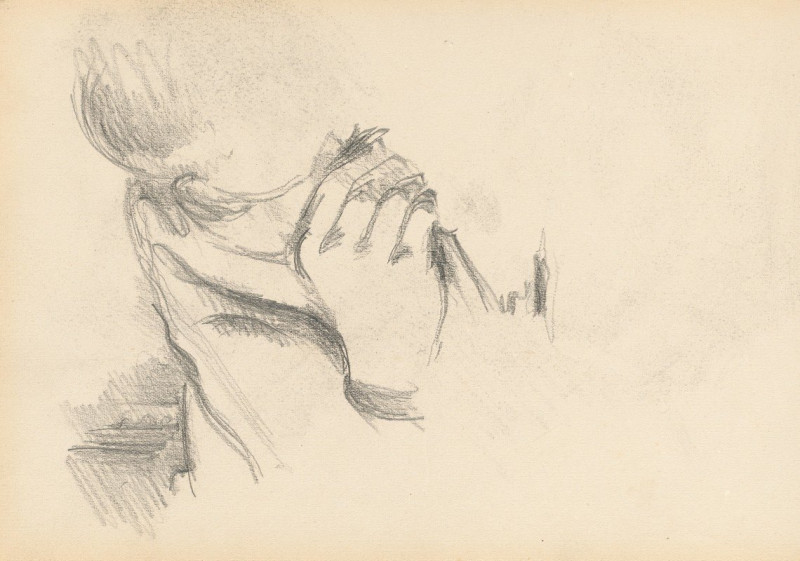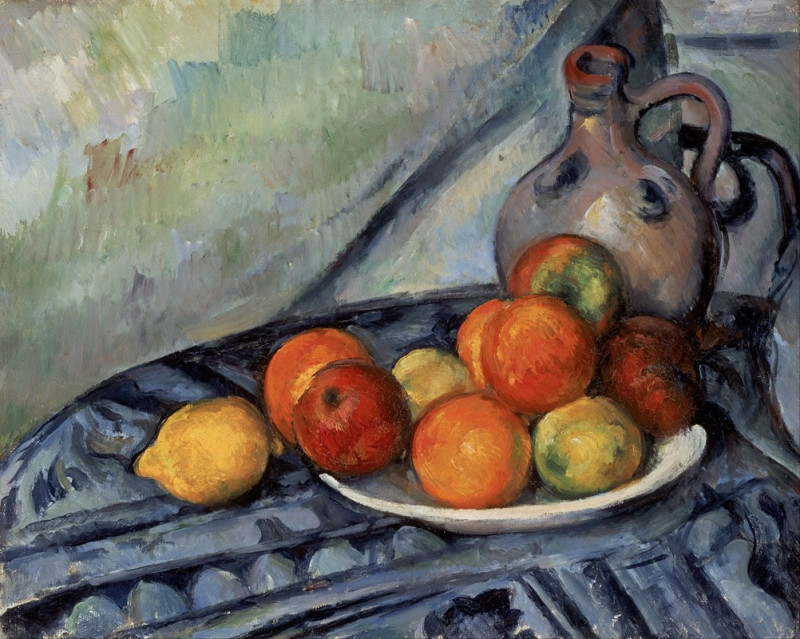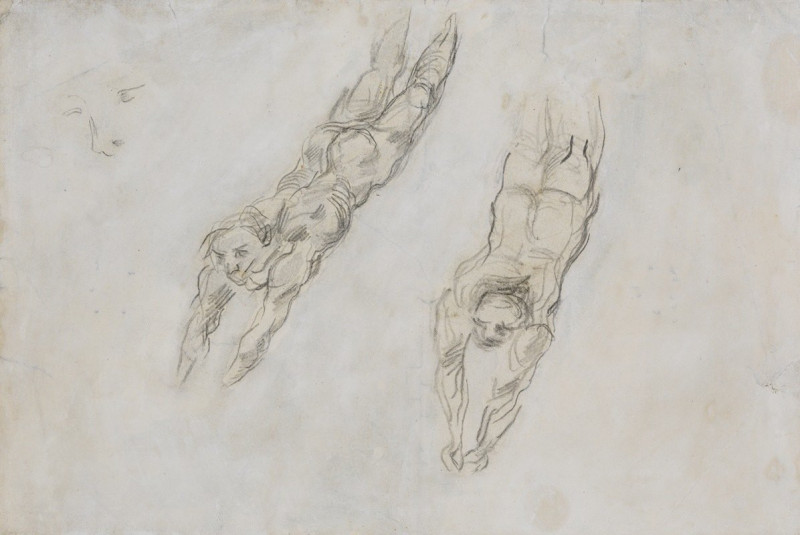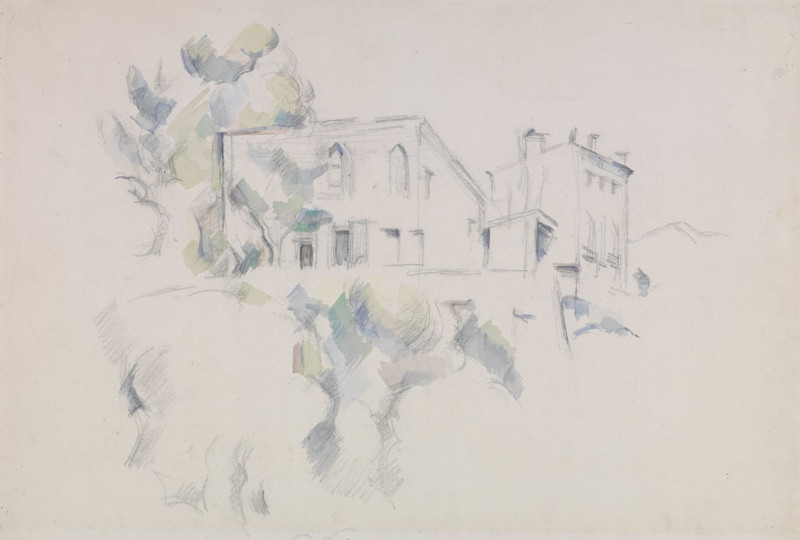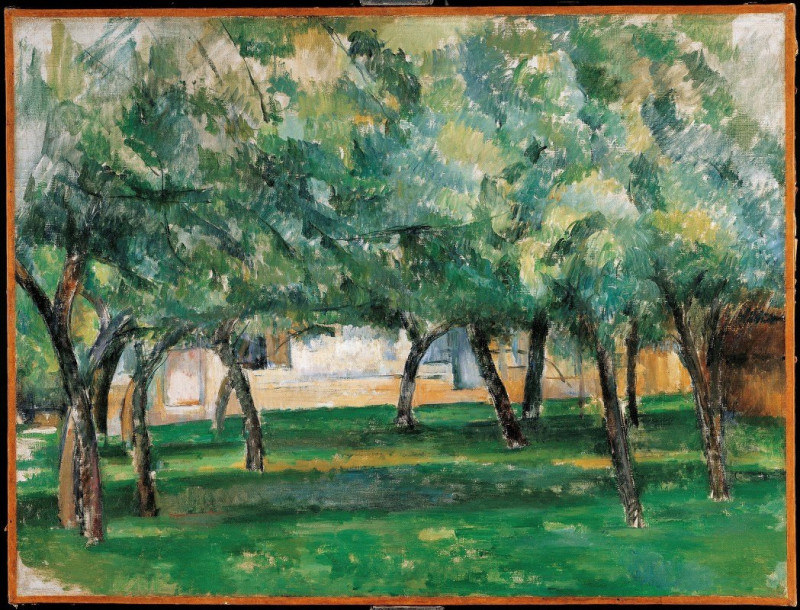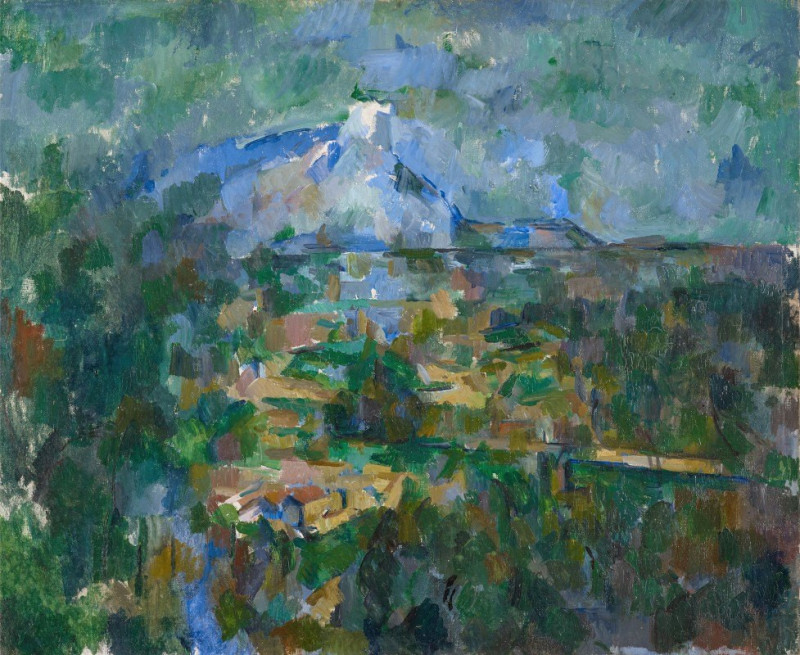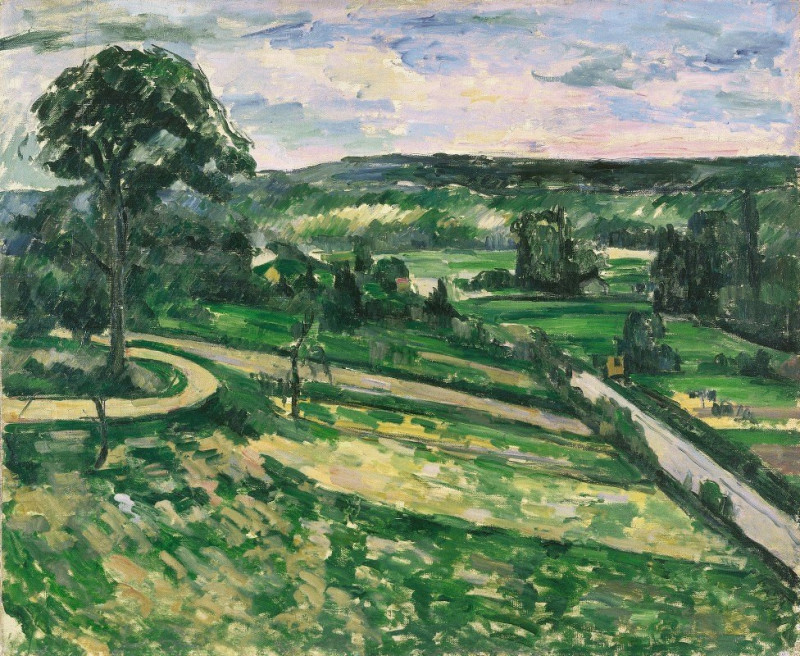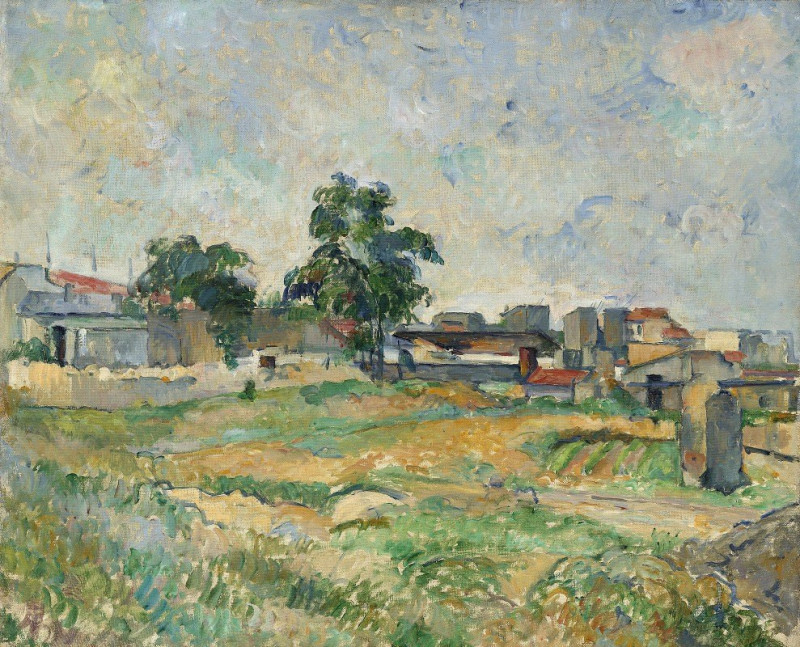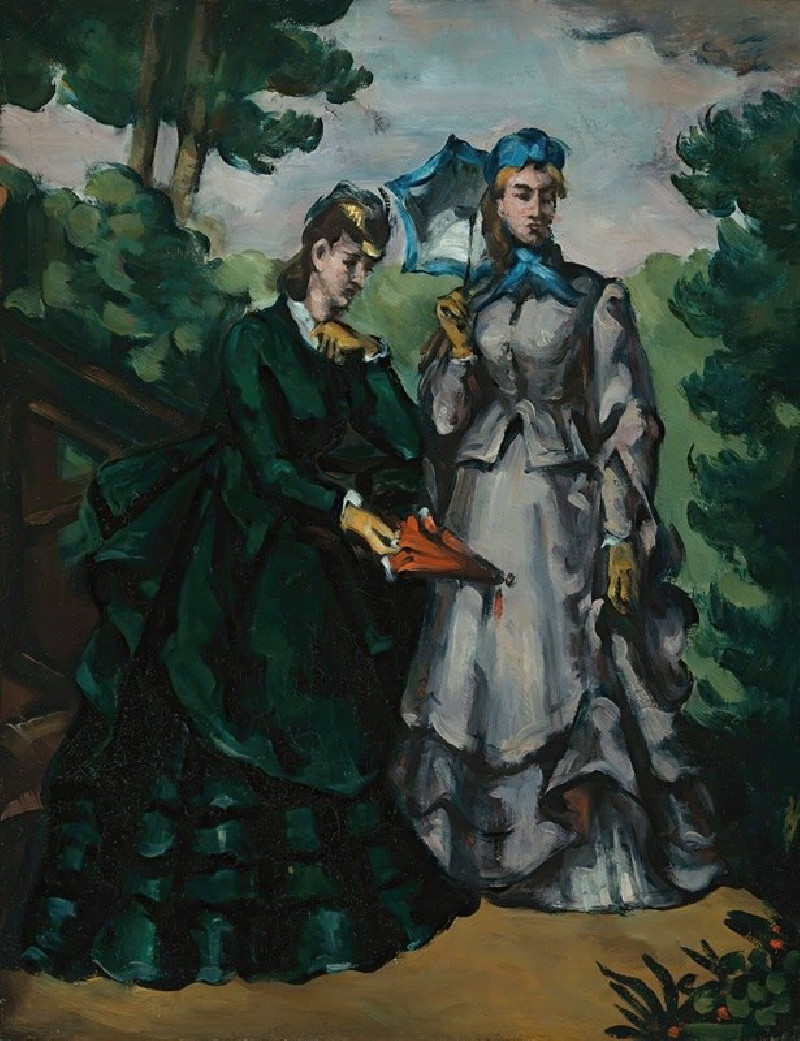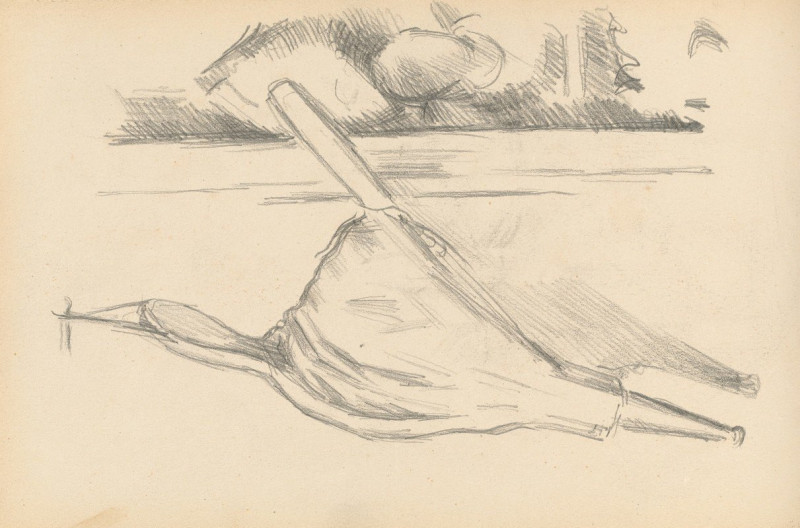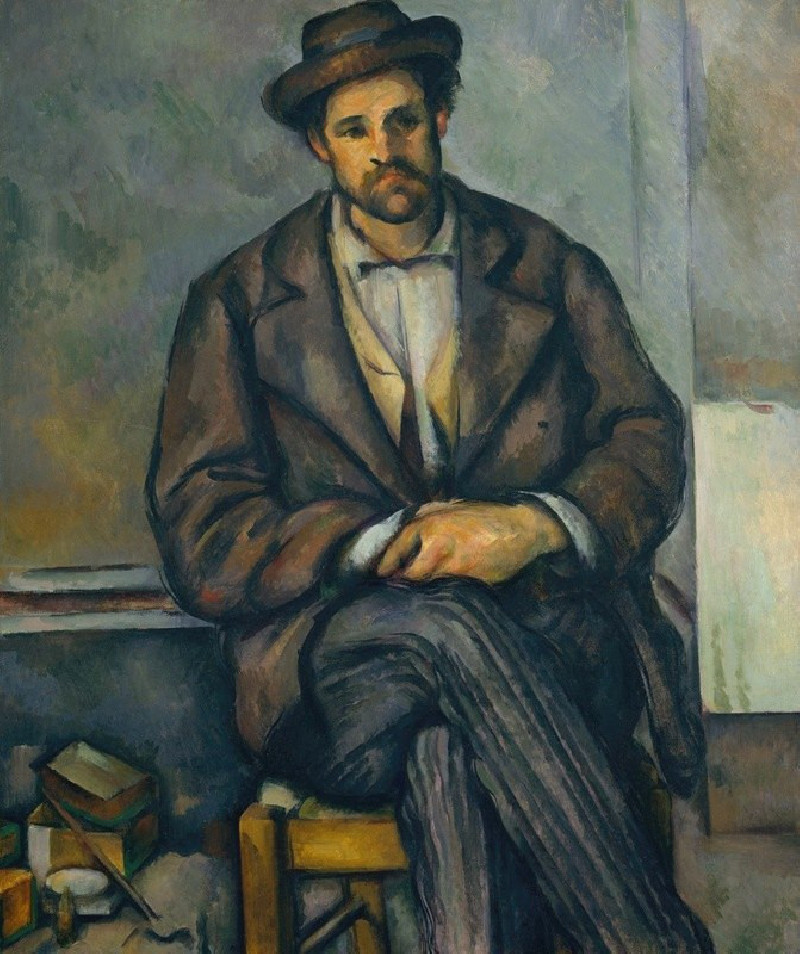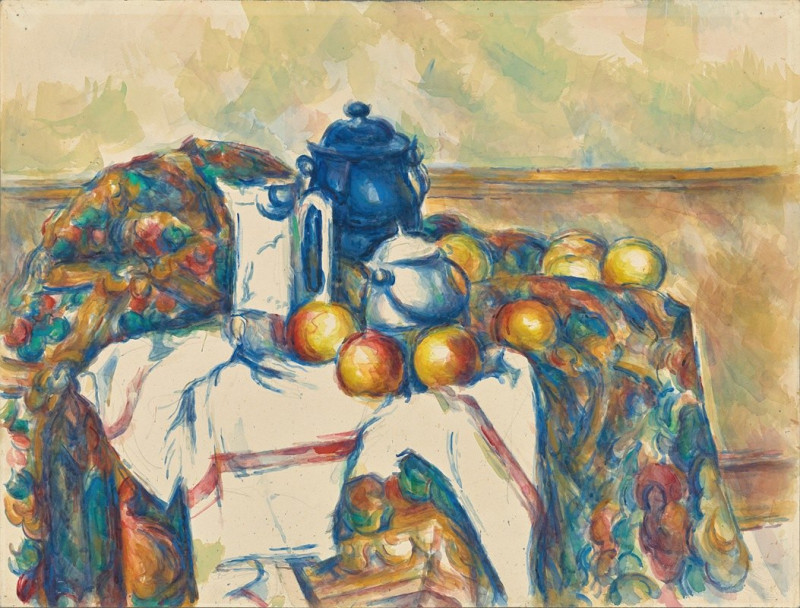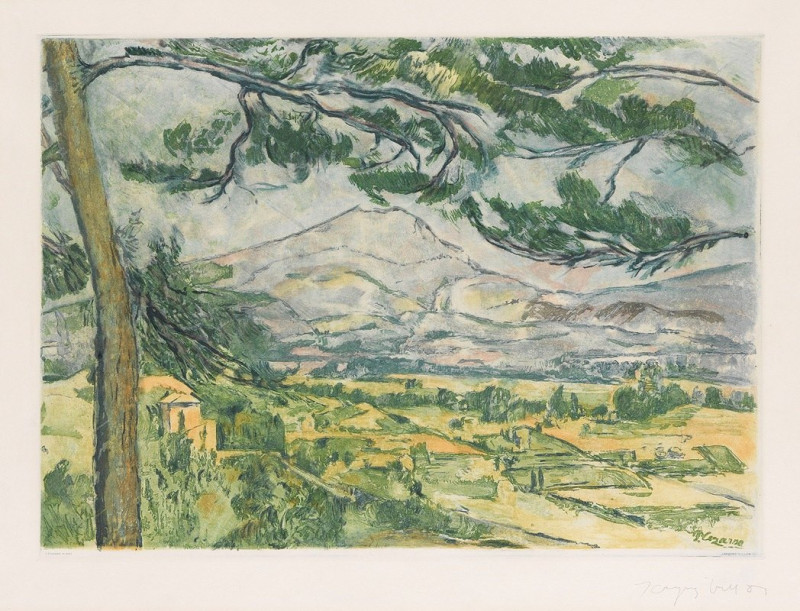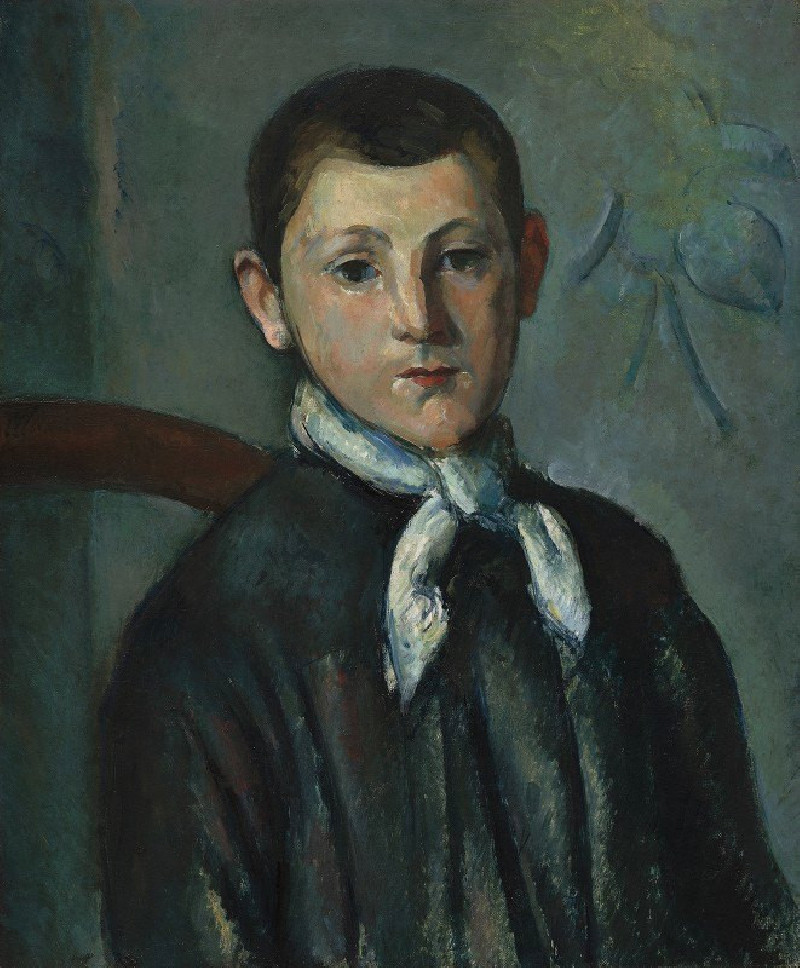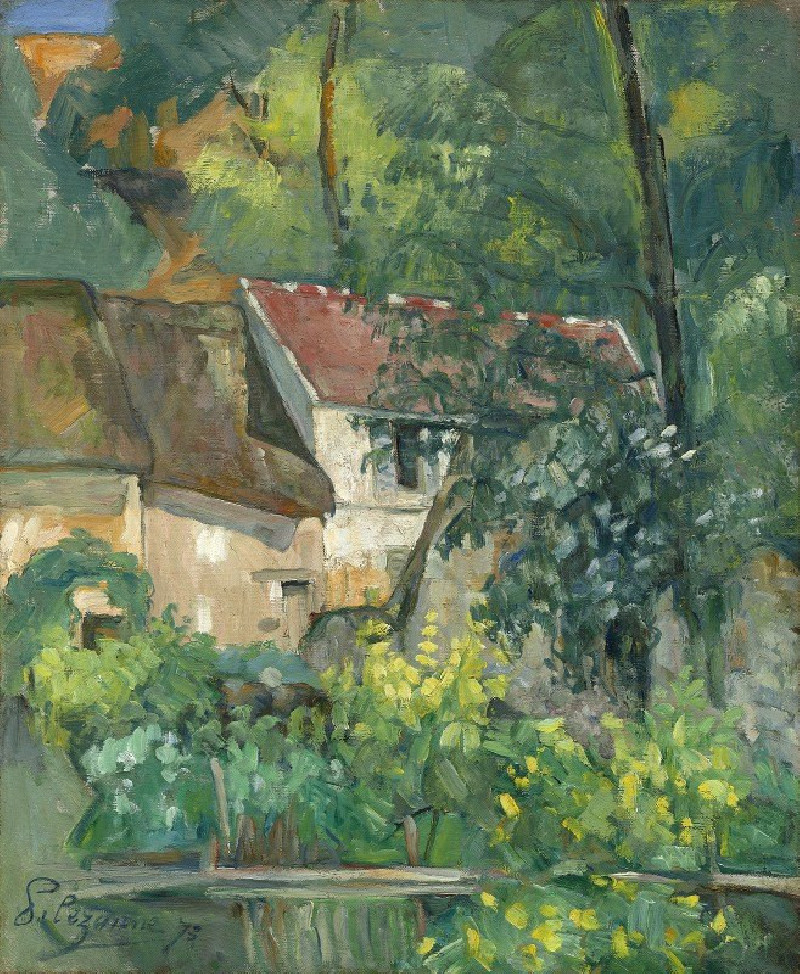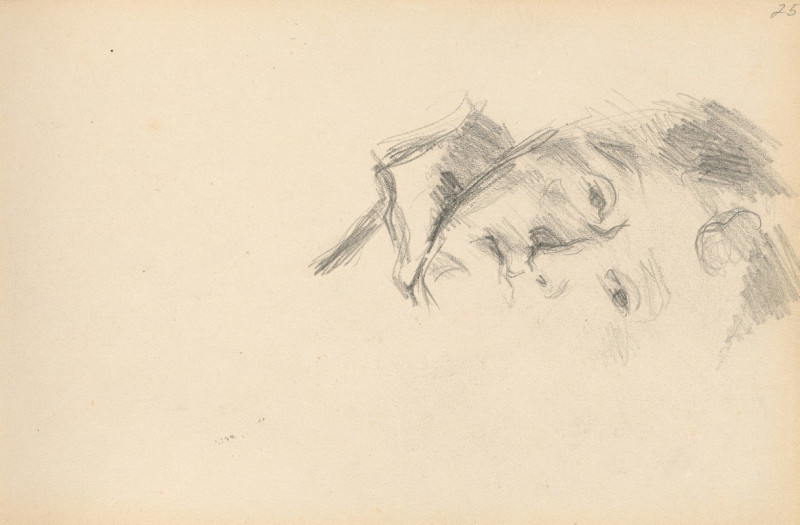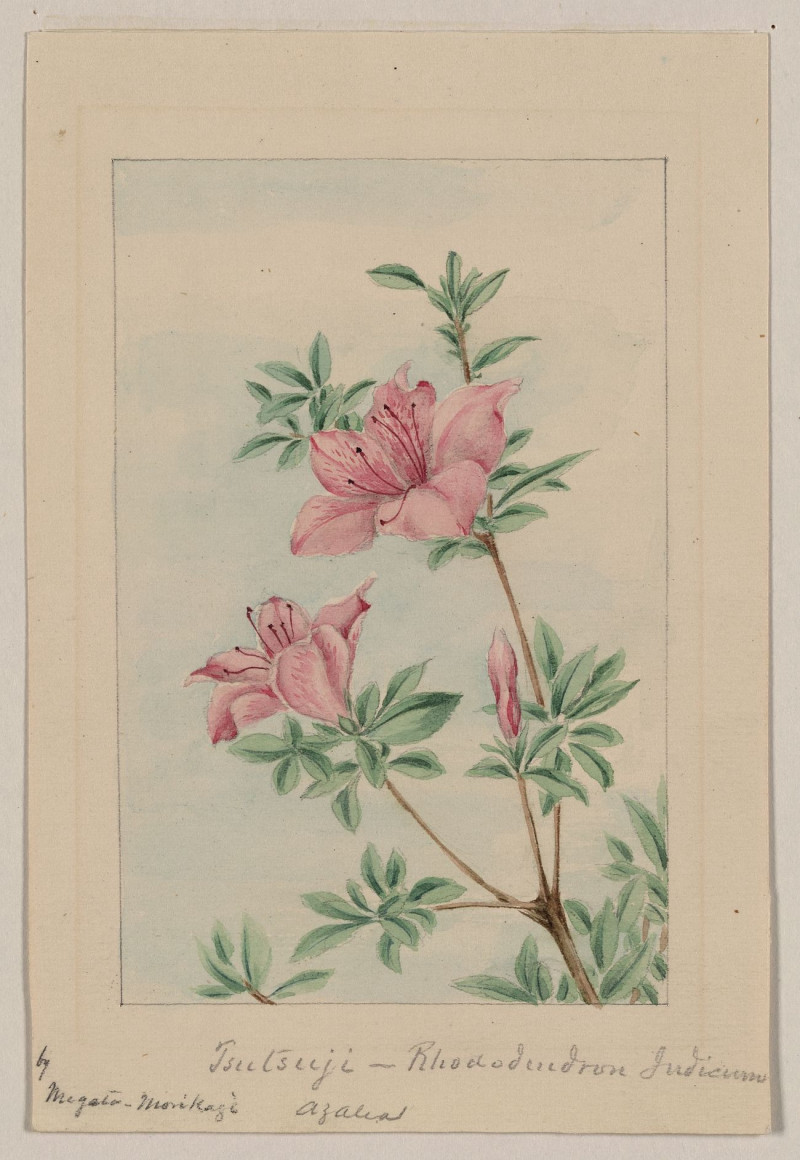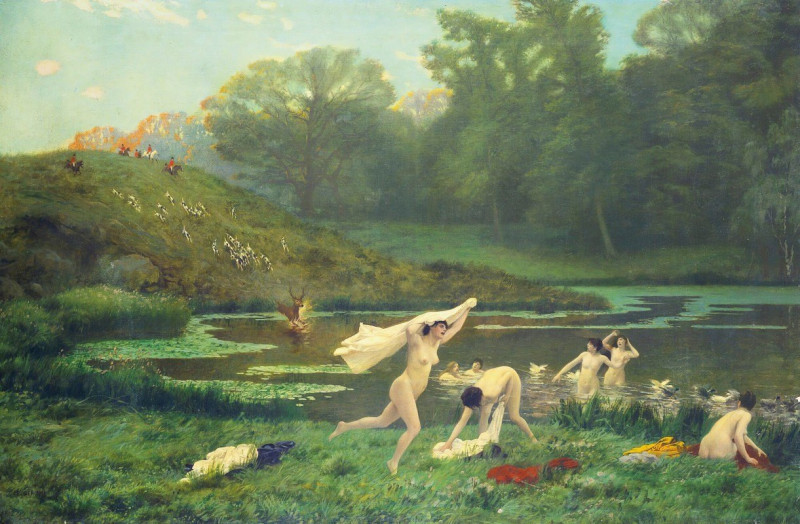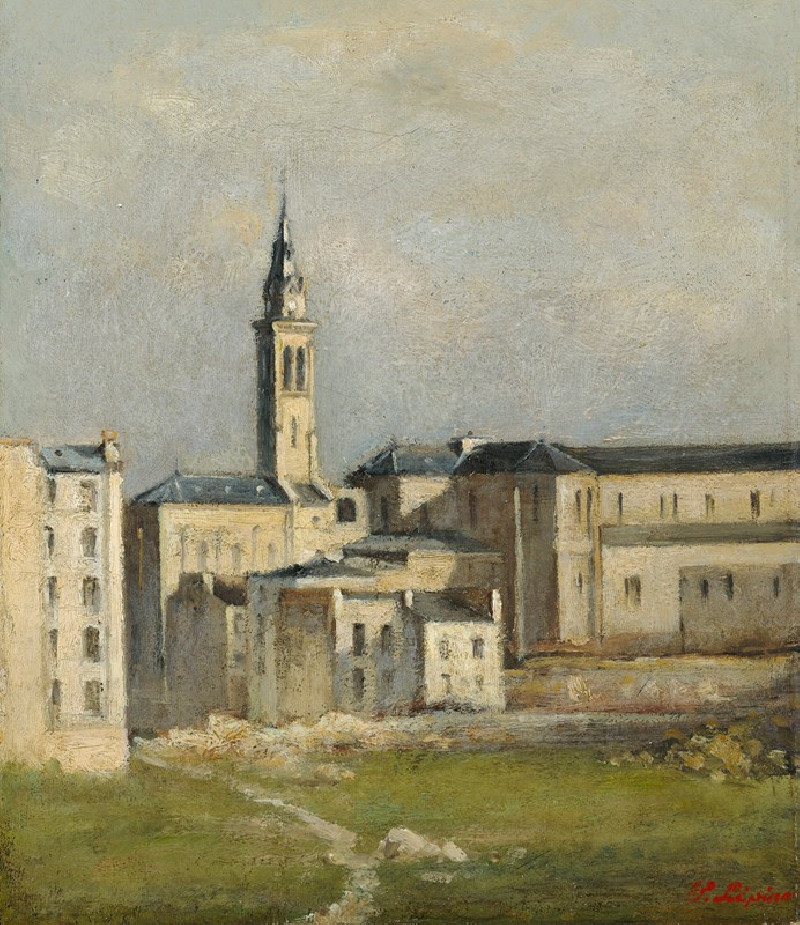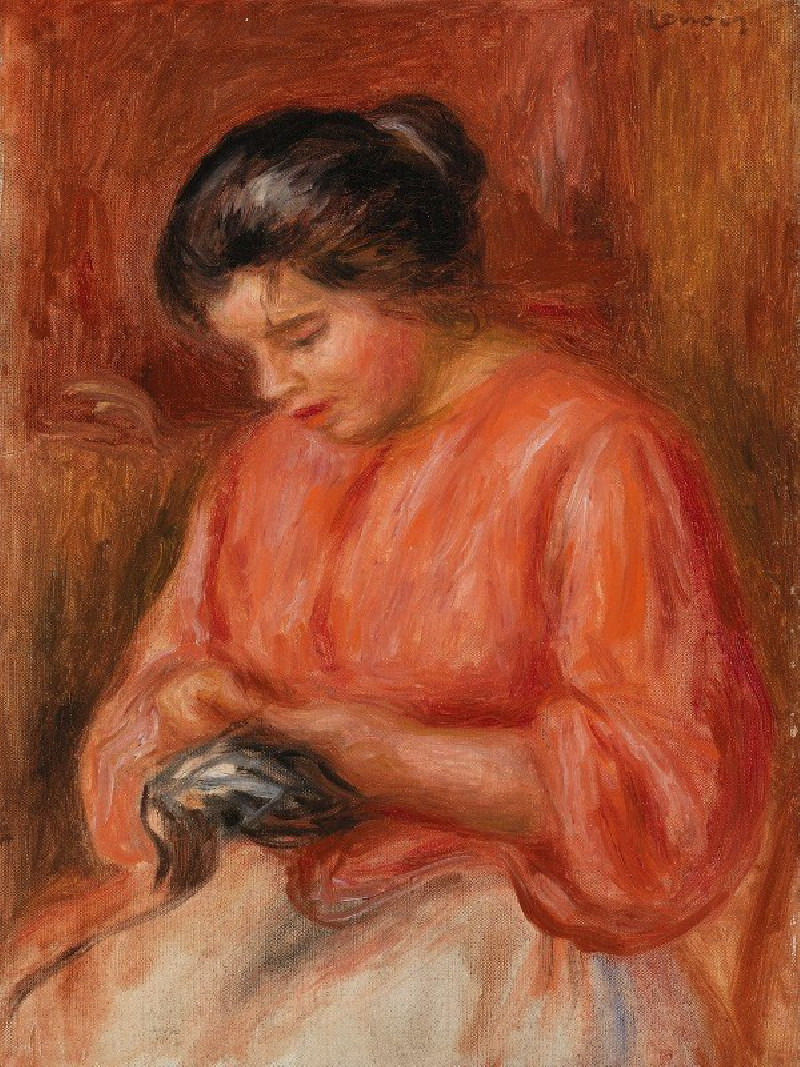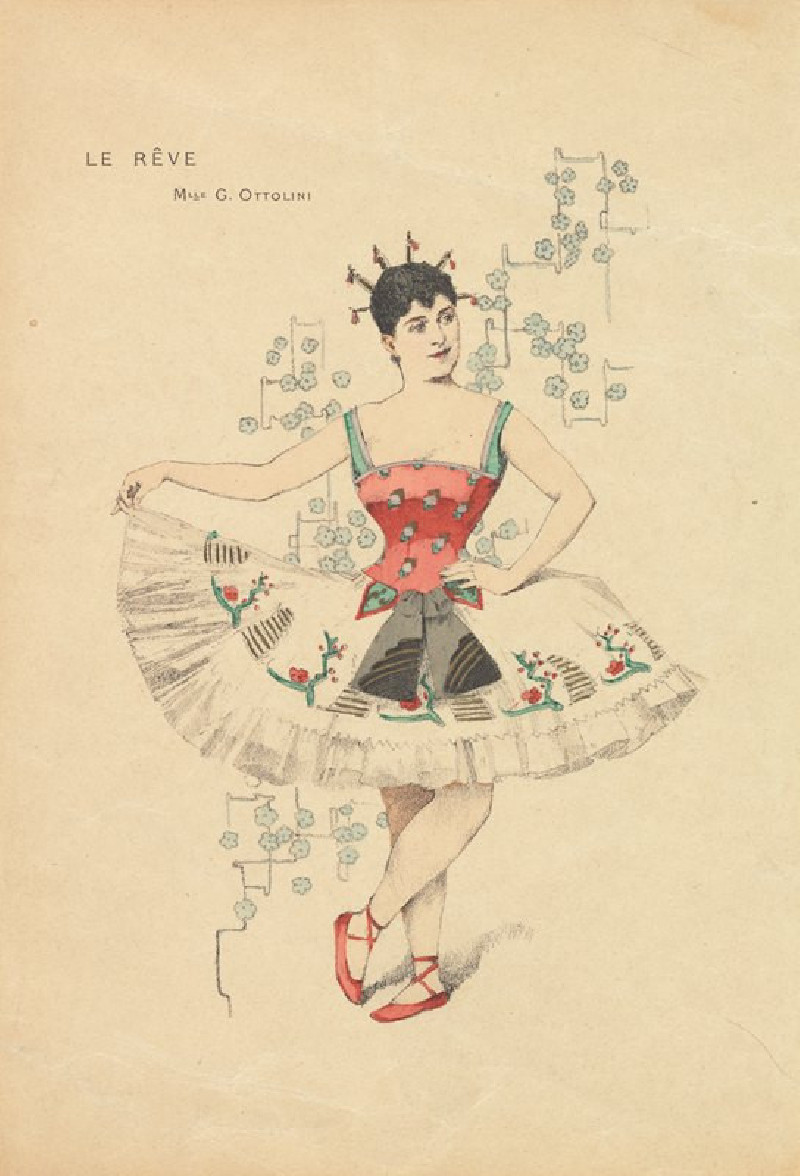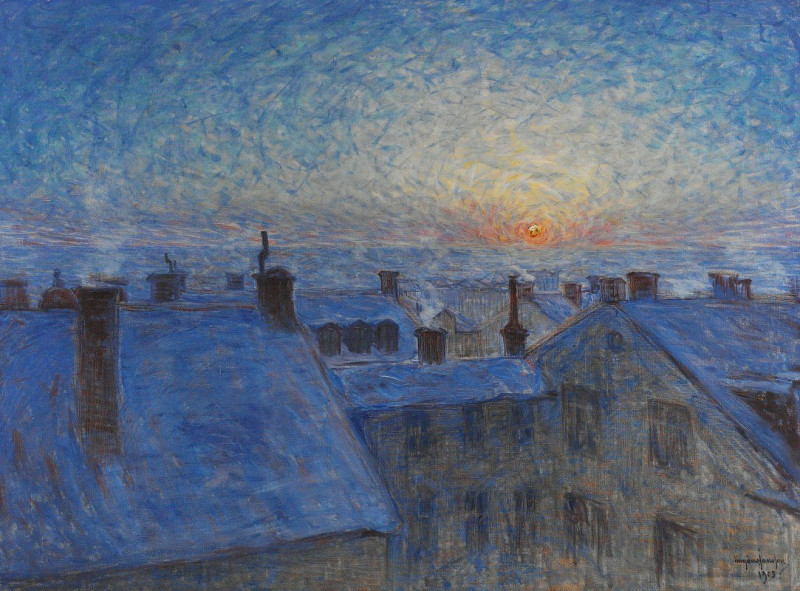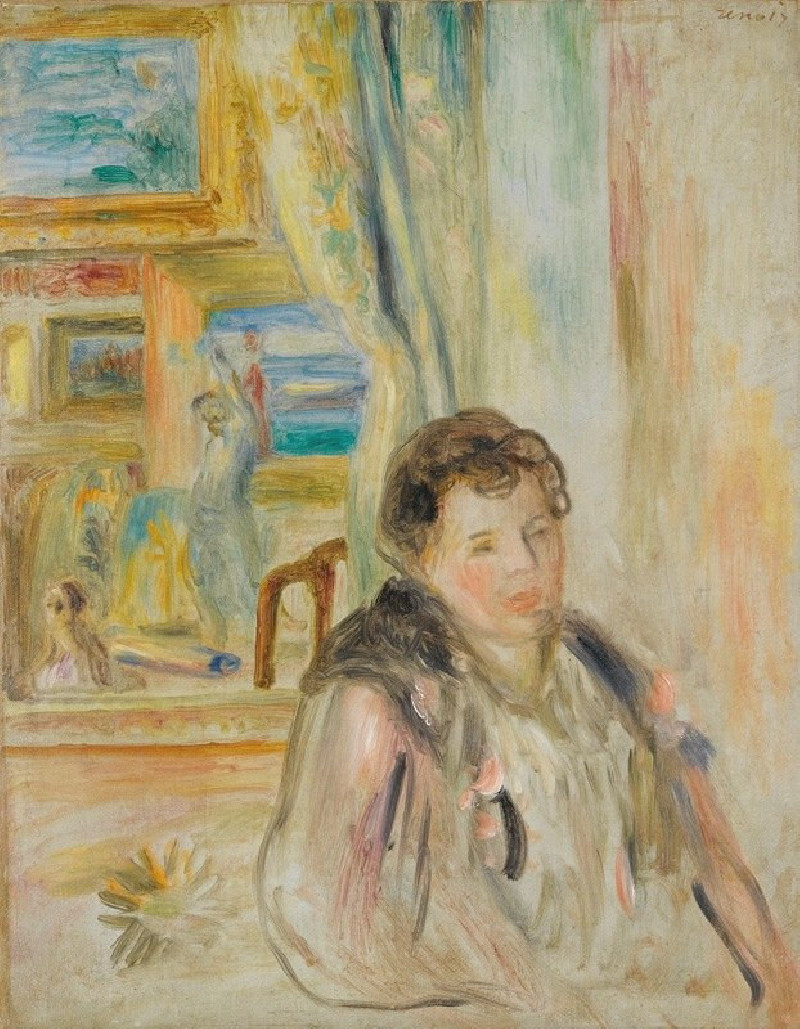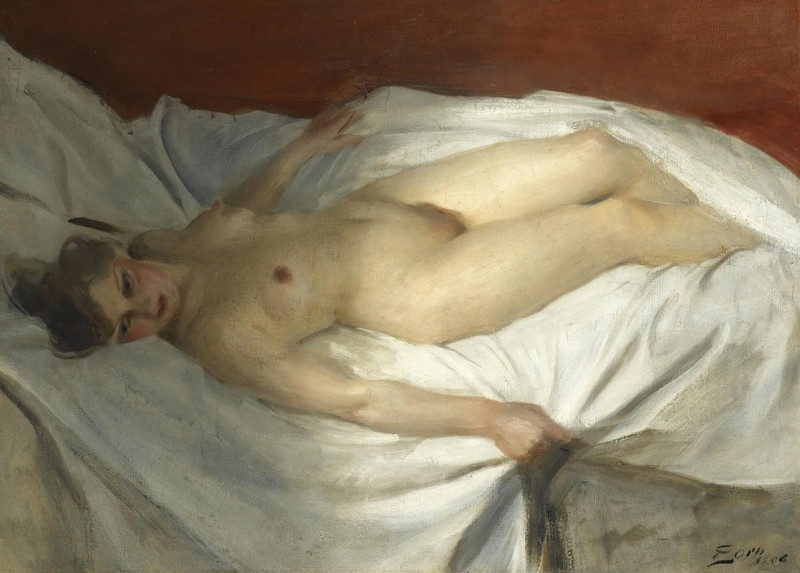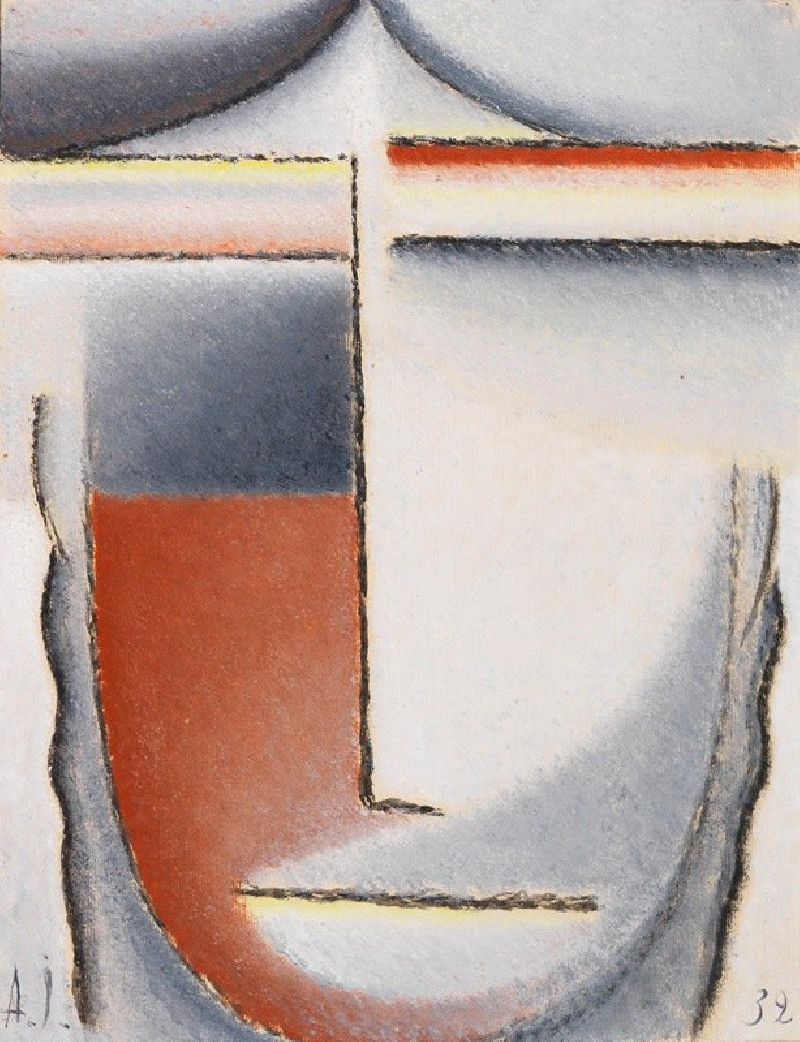Study of Puget’s ‘Milo of Crotona’ (1895-1898)
Technique: Giclée quality print
Recommended by our customers
More about this artwork
Welcome to our exploration of "Study of Puget’s ‘Milo of Crotona’," an exceptional drawing crafted by the celebrated French artist, Paul Cézanne, between 1895 and 1898. In this captivating piece, we witness Cézanne's masterful pencil work as he studies a classic sculpture created by Pierre Puget. The sculpture itself portrays the tragic demise of the ancient Greek athlete Milo of Crotona, a renowned figure in antiquity for his immense strength.Cézanne’s rendition captures Milo in a moment of intense struggle and poignancy. The drawing shows the athlete in a dynamic and tortured pose, as he tries in vain to extricate his hand caught within the trunk of a split tree. Over time, inspired by classical themes of human vulnerability and nature’s unpredictable power, the sculpture depicted Milo being devoured by wild beasts after becoming trapped, a grim proverb on the consequences of hubris and the inevitable decline of physical prowess.Paul Cézanne, often heralded as a bridge between late 19th-century Impressionism and the early 20th-century's burgeoning Cubist movement, employs his skill to convey raw emotion and the stark reality of Milo’s plight. His strokes are deliberate — ranging from subtle to bold — showcasing the sculptural quality of human anatomy under duress while also reflecting the turbulent inner state of the protagonist.This sketch is not just a study of form and historic art; it is an introspective look into themes of struggle, mortality, and the eternal conflict between man and nature. Such powerful imagery invites viewers to ponder deeper narratives encapsulated within classical tales, highlighting Cézanne’s profound connection to history and his innovative impact on modern art.

